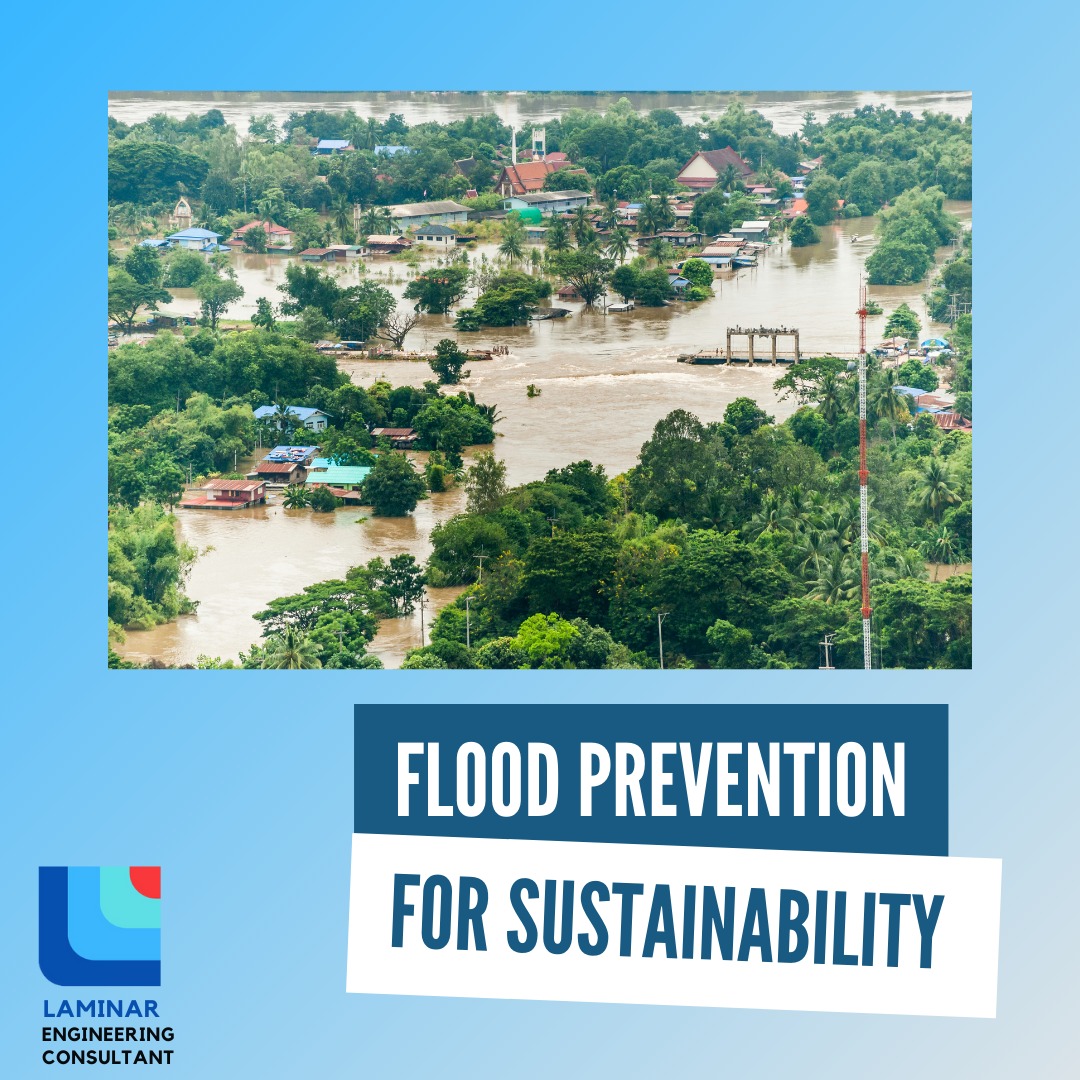Indonesia faces a recurring challenge at the end of the year: floods. Data from the National Disaster Management Agency (BNPB) shows a significant increase in flood cases across the country. This natural phenomenon not only disrupts daily activities but also causes substantial economic losses. The Head of BNPB reported that as of this year, there were 750 flood cases recorded in Indonesia from January 1 to September 3. To address flood issues effectively and sustainably, a comprehensive and innovative approach is required. Green construction has emerged as one of the most promising solutions. By integrating technology, eco-friendly design, and sustainable planning, we can create more effective flood prevention systems.
One of the keys to successful flood mitigation lies in the collaboration between communities and technology. Through the use of technologies such as the Internet of Things (IoT) and machine learning, we can develop more accurate early warning systems. Communities can actively participate in data collection, ensuring that the information obtained is real-time and relevant. Building and infrastructure designs should also be adapted to flood-prone conditions. The concept of amphibious architecture and the use of automatic barriers offer compelling solutions. Amphibious buildings are designed to float or adjust to rising water levels, while automatic barriers prevent water from entering residential areas.
Proper spatial planning is crucial for flood mitigation efforts. Allocating sufficient green spaces, constructing permeable sidewalks, and implementing effective drainage systems can significantly reduce flood risks. Green spaces not only function as water absorption areas but also enhance air quality and environmental aesthetics. Applying the principles of green construction to flood mitigation is a highly beneficial long-term investment. In addition to reducing disaster risks, eco-friendly solutions improve the quality of life for communities and support sustainable economic growth. By adopting innovative and sustainable approaches, we can build cities that are more resilient to floods. Collaboration between the government, communities, and various stakeholders is vital to realizing this vision.
Floods are a complex challenge that demands comprehensive solutions. By leveraging green construction and technology, we can create safer and more sustainable environments. Let us work together to build a more resilient Indonesia.

